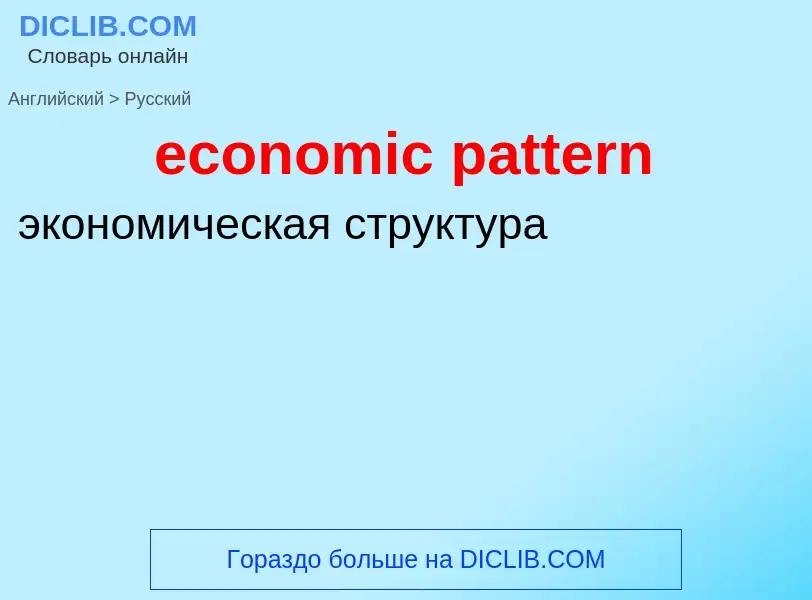Перевод и анализ слов искусственным интеллектом ChatGPT
На этой странице Вы можете получить подробный анализ слова или словосочетания, произведенный с помощью лучшей на сегодняшний день технологии искусственного интеллекта:
- как употребляется слово
- частота употребления
- используется оно чаще в устной или письменной речи
- варианты перевода слова
- примеры употребления (несколько фраз с переводом)
- этимология
economic pattern - перевод на русский
строительное дело
раскрой листового материала (операция)
Определение
Википедия
Economics () is a social science that studies the production, distribution, and consumption of goods and services.
Economics focuses on the behaviour and interactions of economic agents and how economies work. Microeconomics analyzes what's viewed as basic elements in the economy, including individual agents and markets, their interactions, and the outcomes of interactions. Individual agents may include, for example, households, firms, buyers, and sellers. Macroeconomics analyzes the economy as a system where production, consumption, saving, and investment interact, and factors affecting it: employment of the resources of labour, capital, and land, currency inflation, economic growth, and public policies that have impact on these elements.
Other broad distinctions within economics include those between positive economics, describing "what is", and normative economics, advocating "what ought to be"; between economic theory and applied economics; between rational and behavioural economics; and between mainstream economics and heterodox economics.
Economic analysis can be applied throughout society, including business, finance, cybersecurity, health care, engineering and government. It is also applied to such diverse subjects as crime, education, the family, feminism, law, philosophy, politics, religion, social institutions, war, science, and the environment.





![late medieval Europe]] late medieval Europe]]](https://commons.wikimedia.org/wiki/Special:FilePath/Late Medieval Trade Routes.jpg?width=200)

 per capita in 2022 by IMF.png?width=200)



![[[John Maynard Keynes]] (right) was a key theorist in economics. [[John Maynard Keynes]] (right) was a key theorist in economics.](https://commons.wikimedia.org/wiki/Special:FilePath/WhiteandKeynes.jpg?width=200)


.jpg?width=200)
![Fitting a nettle/canvas-fabric on a [[dress form]] Fitting a nettle/canvas-fabric on a [[dress form]]](https://commons.wikimedia.org/wiki/Special:FilePath/Fitting muslin dummy.jpg?width=200)
.jpg?width=200)



![tailor's tack]] with thread to mark a pattern on fabric before cutting the fabric tailor's tack]] with thread to mark a pattern on fabric before cutting the fabric](https://commons.wikimedia.org/wiki/Special:FilePath/Basting pattern markings.jpg?width=200)

